When Fall rolls around I seem to crave different foods. More comfort foods like meatloaf, pumpkin pie, and in this case it was sausages with cabbage, onions and a new addition, apples.
It’s a funny thing about cravings . . . for me they can be for something sweet like a chocolate chip cookie. It can be for a tall glass of iced tea. Maybe a mint julep? For me when October rolls around, and up through Christmas my cravings are for a certain variety of foods. Pumpkin may be top of the list, and I made the pumpkin bars with cream cheese icing. Gave most of it away so I wouldn’t eat it. But it satisfied the craving. At the moment I write this, I’m craving a biscotti. I don’t have any, so would have to make some, and perhaps I will. I try to “talk down” cravings for sweets – and carbs – and sometimes that works. It’s been several days I’ve been craving a cookie or a biscotti and so far I haven’t succumbed to making some. I’ll probably make Bishop’s Bread next month, because I love it so much. And maybe some other Christmas cookies. If I make them, guess who eats them? I’ll try to talk down that craving if I can!
But a few weeks ago my mouth was watering thinking about sausages and onions. One time, decades ago, my DH Dave and I were in Germany or Austria and we had lunch at a very nice country restaurant and we ordered bratwurst with onions served on a pillowy mound of buttery mashed potatoes. I’ve never, ever, forgotten that meal. It was so sublime. I would have licked the plate if I could have!
The recipe I made started out with one from Milk Street. But, before I tell you about that I need to take a detour to mention guanciale.
Guanciale is an Italian salt-cured meat product prepared from pork jowl or cheeks. Its name is derived from guancia, meaning ‘cheek’. Its rendered fat gives flavor to and thickens the sauce of pasta dishes. Guanciale is usually rubbed with just salt and ground black pepper by cooks in Rome, but some producers use other spices, herbs, peperoncino or red pepper, and sometimes garlic. It is cured for three weeks or until it loses approximately 30% of its original weight. Its flavor is stronger than that of other pork products, such as pancetta, and its texture is more delicate. When cooked, the fat typically melts away. . . . [from Wikipedia]
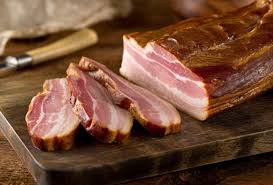 For the longest time guanciale wasn’t available in the U.S. (banned by the FDA, probably because it’s an uncooked/uncured meat). But now you can. What I bought was already chopped up finely. Guanciale looks kind of like bacon, but because it’s from the cheek, it has a different shape than bacon, shorter and usually wider. Most I’ve seen is more fat-laden than bacon, but not always, as you can see from the photo. The flavor is different too – it’s not smoked as so many of our pork belly products are.
For the longest time guanciale wasn’t available in the U.S. (banned by the FDA, probably because it’s an uncooked/uncured meat). But now you can. What I bought was already chopped up finely. Guanciale looks kind of like bacon, but because it’s from the cheek, it has a different shape than bacon, shorter and usually wider. Most I’ve seen is more fat-laden than bacon, but not always, as you can see from the photo. The flavor is different too – it’s not smoked as so many of our pork belly products are.
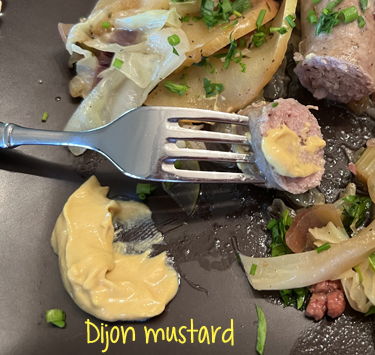 Even though Guanciale is an Italian product, I used it in this recipe anyway. You could substitute pancetta, or a small amount of bacon too. In any case I rendered the guanciale with the onion and fennel, then added the garlic, apples, seasonings and lastly the cabbage. The sausages are nestled into this mixture, then some water is added and the sausages will simmer (steam, really), once covered for about 10-15 minutes. Lastly, after removing the sausages, cider vinegar is added. It’s amazing to me how flavorful that little dash of vinegar is to the finished dish. Do serve the dish with some Dijon mustard. You could use cured sausages in this (like Kielbasa) if you prefer, just chop them up and let them warm through. Add them in the last few minutes before serving.
Even though Guanciale is an Italian product, I used it in this recipe anyway. You could substitute pancetta, or a small amount of bacon too. In any case I rendered the guanciale with the onion and fennel, then added the garlic, apples, seasonings and lastly the cabbage. The sausages are nestled into this mixture, then some water is added and the sausages will simmer (steam, really), once covered for about 10-15 minutes. Lastly, after removing the sausages, cider vinegar is added. It’s amazing to me how flavorful that little dash of vinegar is to the finished dish. Do serve the dish with some Dijon mustard. You could use cured sausages in this (like Kielbasa) if you prefer, just chop them up and let them warm through. Add them in the last few minutes before serving.
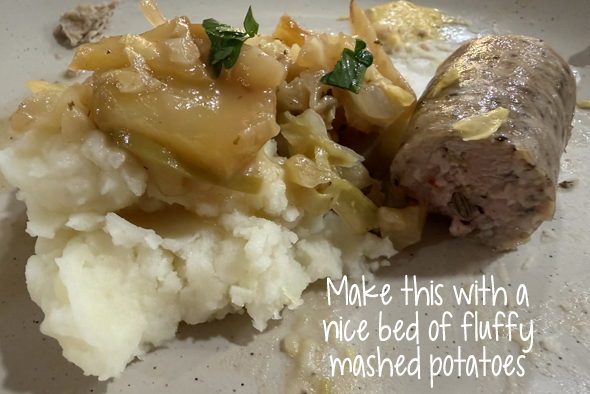 If I weren’t watching carbs I’d definitely serve this with mashed potatoes. I made this dish a week or two later and DID make the mashed potatoes.
If I weren’t watching carbs I’d definitely serve this with mashed potatoes. I made this dish a week or two later and DID make the mashed potatoes.
What’s GOOD: every morsel of this was delicious. Unctuous really. You can adapt the various veggies, more or less, as it’s quite forgiving.
What’s NOT: nothing at all.
Sausages with Apples, Fennel, Onion and Cabbage
Serves: 4
2 tablespoons extra-virgin olive oil
2 tablespoons guanciale, or pancetta or bacon
1 medium yellow onion, chopped
1 small fennel bulb, trimmed, sliced thinly
2 medium apples, quartered, cored and sliced 1/4 inch thick (use one Granny Smith and one sweet red)
2 medium garlic cloves, thinly sliced
2 1/2 teaspoons dried thyme, lightly crushed
1 pound cabbage, cored and roughly sliced (about 6-8 cups)
Kosher salt and ground black pepper to taste
1 pound sausage, mild Italian, French, garlic
1/2 cup water
2 tablespoons cider vinegar
1/3 cup Italian parsley, chopped
Garnish: Dijon mustard
1. In a 12-inch skillet over medium, heat the oil until shimmering. Add the onion, fennel, half of the apple slices and the garlic. Cover and cook, stirring occasionally, until the onion, fennel and apple start to soften without browning, 5 to 7 minutes. Add the thyme and cook, stirring, until fragrant, about 30 seconds.
2. Add the sausages and nestle them into the vegetables. Add the cabbage, salt and pepper and the water. Cover and cook over medium, stirring occasionally, until the cabbage is just tender and the sausages are cooked through, about 12-15 minutes, stirring occasionally and turning the sausages over once during the simmering time. Add more water if the mixture begins to brown.
3. Add the remaining apple slices and the vinegar. Cover and cook without stirring until the apples are warmed through, another 3 to 5 minutes. Turn off heat, garnish with parsley. Taste and season with salt and pepper as needed. Serve with Dijon mustard on the side.



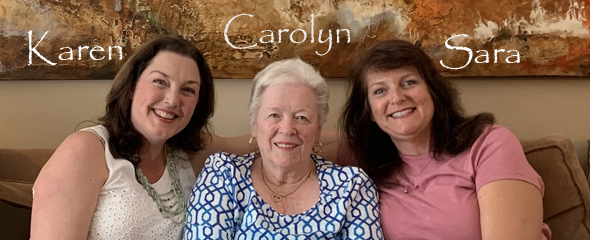
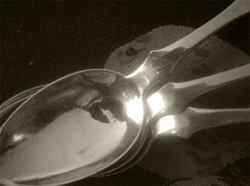






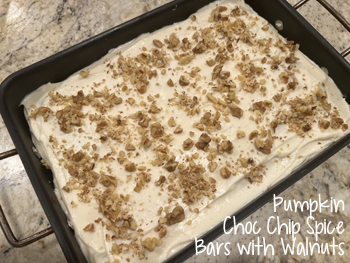
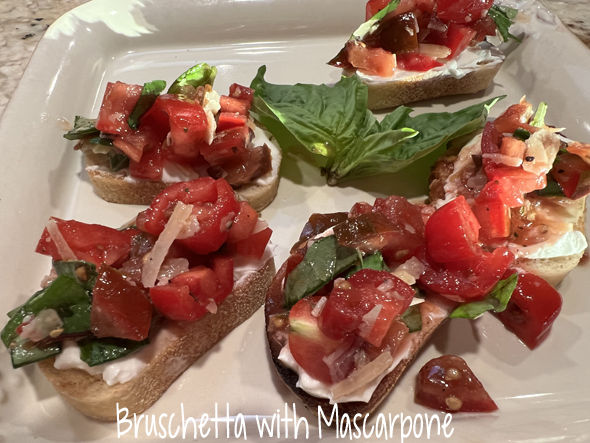
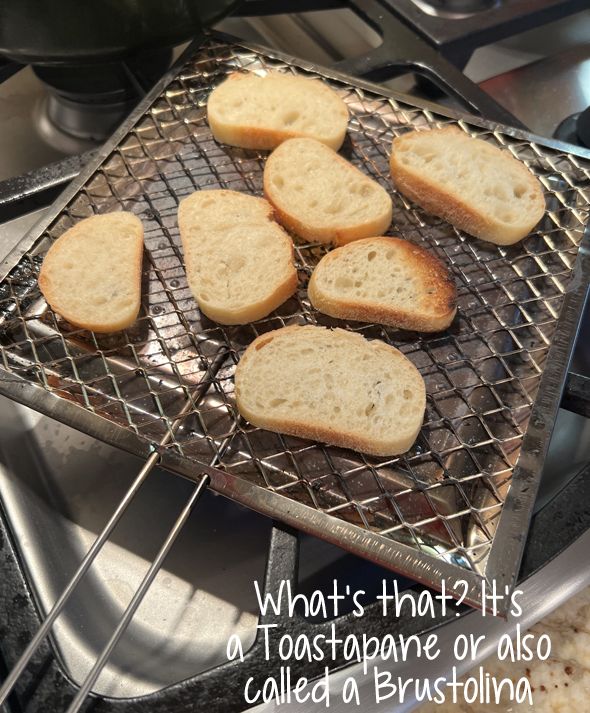
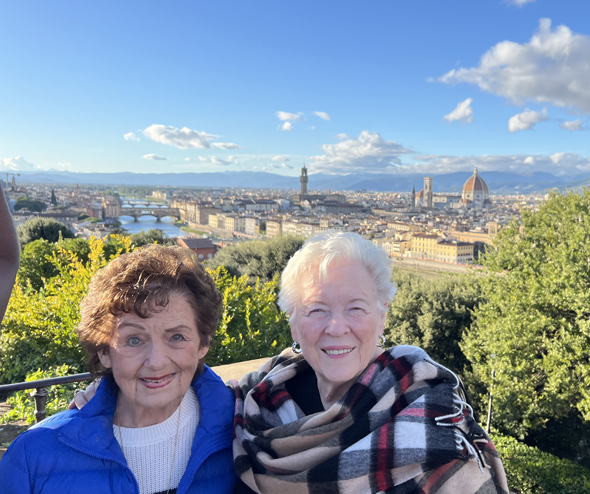


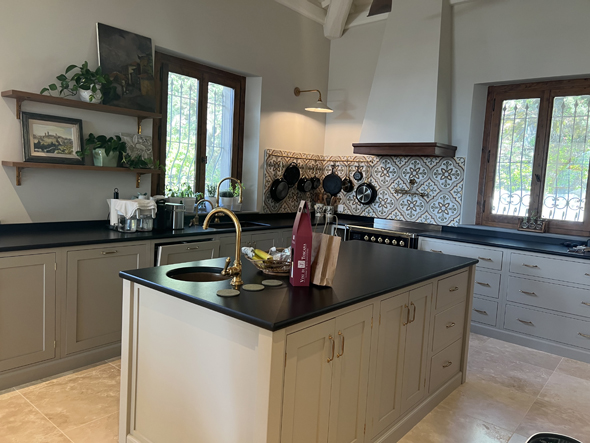
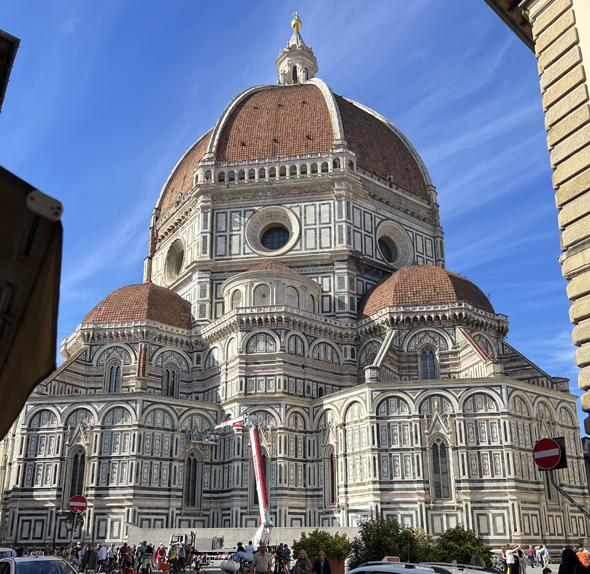
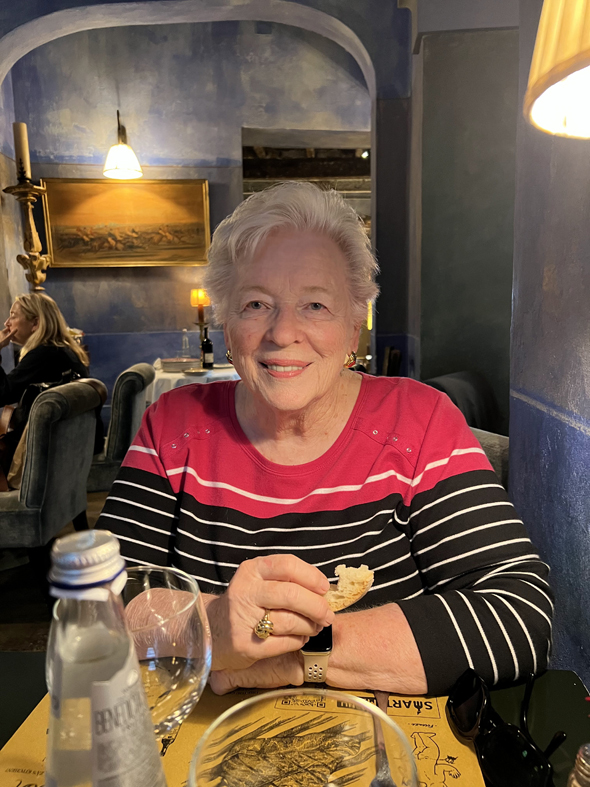
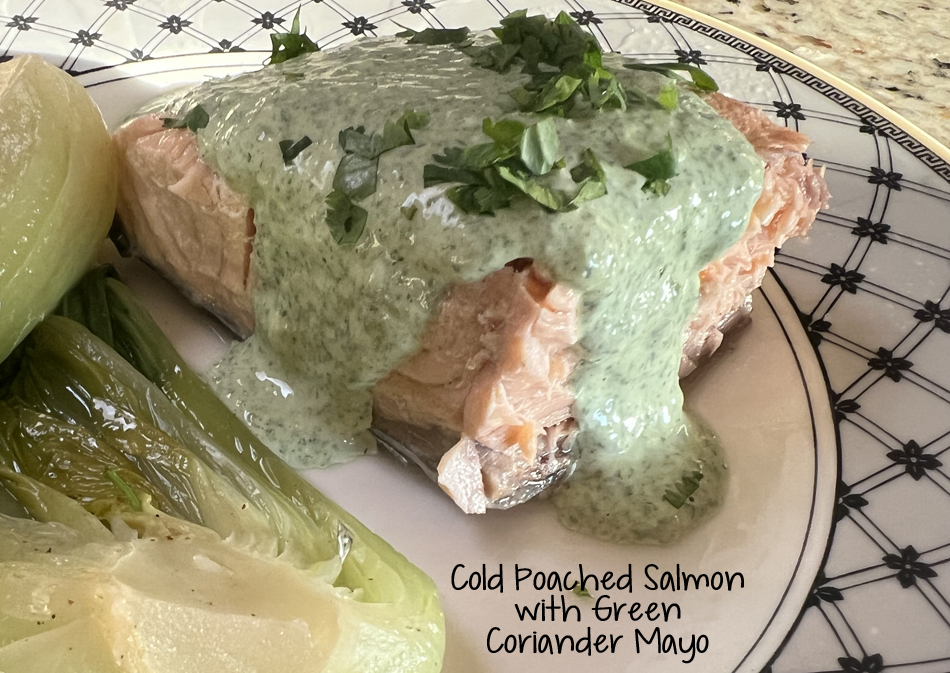
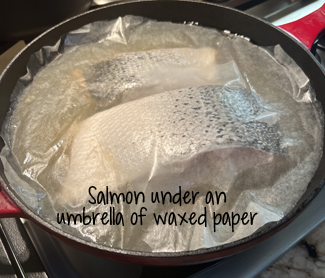

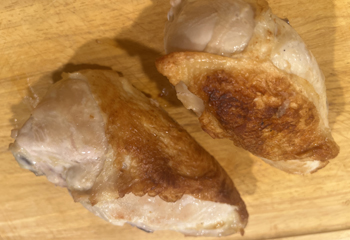
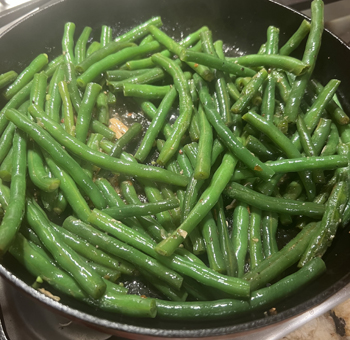

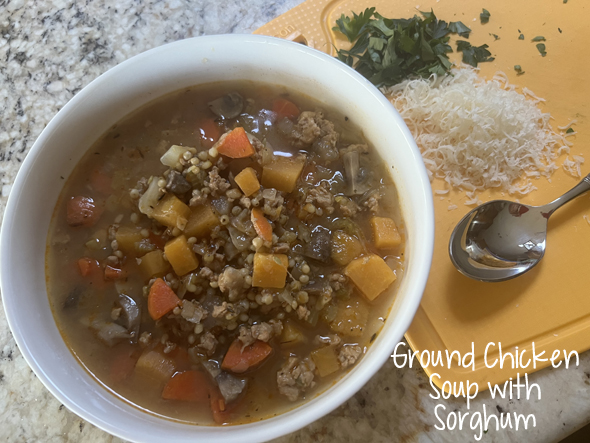
Leave a Comment!